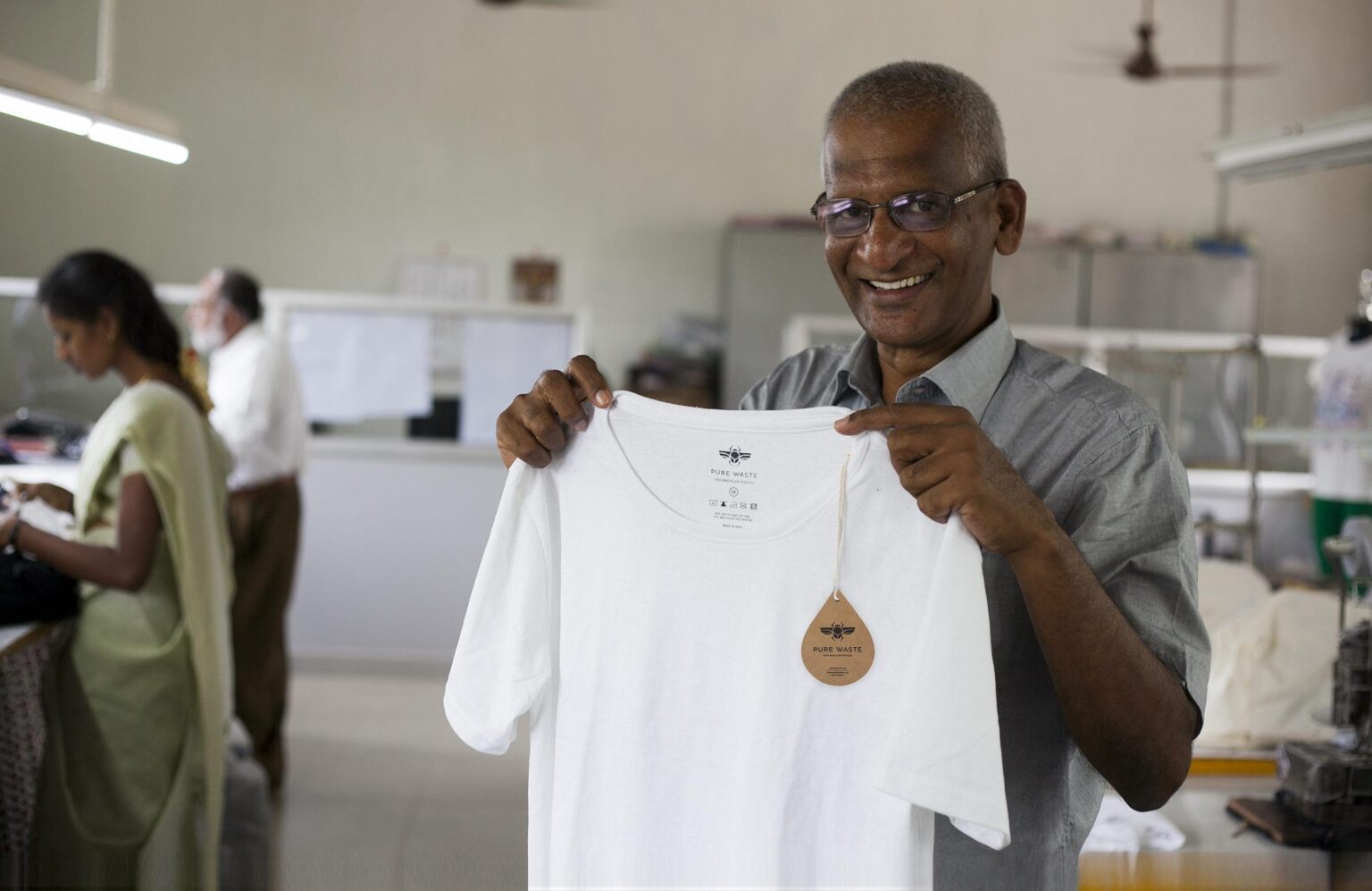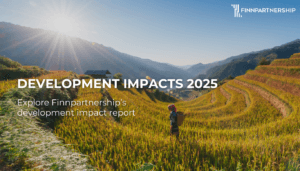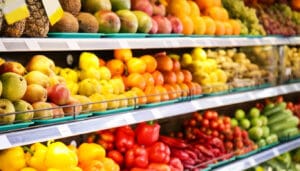Support from Finnpartnership is also used to implement circular economy projects!

The circular economy is currently a hot topic all over the world creating new business, in addition to new growth opportunities. The circular economy is also creating opportunities for Finnish companies. According to a Sitra study, the value of the circular economy to the Finnish economy will be approximately EUR 1.5-2.5 billion by 2030 (Sitra 2016).
In the traditional linear “take, manufacture, dispose” economic model, we have become accustomed to disposing products right after use. However, the limited supply of non-renewable natural resources is gradually changing this way of thinking and we are transitioning to closed processes where materials are not destroyed, but are instead recycled and used to produce new products time and time again. The circular economy is an economic model where the value of the product and materials is to be preserved as high as possible for as long as possible.
In a circular economy, value is increasingly created through intellectual property and consumption is based heavily on the use of services, such as sharing and renting, in addition to ownership. A circular economy also brings the possibility to expand the offered services in new ways. It also makes economic growth possible within the current constraints on natural resources in a manner where “more can be achieved with less” using new innovation.
Transitioning the entire production and service method to conform with closed cycles is at the centre of moving to a circular economy. This results in the value embedded in the product that has been added in layers during mining for raw materials, refining, component manufacture, product assembly and brand development being preserved as long as possible. Creating the cycles allows new business models to be created and provides companies new growth opportunities in utilising the circular economy.
The business models of a circular economy are:
- Extending the product life-cycle
- Product as a service
- Sharing platforms
- Renewability
- Resource efficiency and recycling
With resource efficiency and recycling, all materials that have not been utilised are recycled as raw materials, which can be utilised for producing a similar or completely different product after sorting and processing. The Pure Waste Textiles project, which is supported by Finnpartnership and makes business out of textile waste, is an example of this type of project.
Pure Waste Textiles produces new fabric from cutting clips and yarn waste from factories. Therefore, the used raw materials are 100 % recycled. The waste is sorted by colour and quality, after which it is milled, blended, spun into new yarn and further knit or woven into new fabric depending on the final use. No new raw materials or dyes are needed to produce the fabric, which significantly resources the consumption of water and chemicals. The manufacture of a Pure Waste T-shirt saves 2,700 litres of water when compared to the production of a normal T-shirt.
Read more about the project here.
Picture by: Pure Waste Textiles. In the picture, factory manager Mr. Venkata.
The UN’s Sustainable Development Goal number 12, Responsible consumption and production goal, wants to ensure sustainable consumption and production patterns. The goal is to implement the 10-year framework of programmes on sustainable consumption and production, all countries taking action. The goal also aims to, by 2030, achieve the sustainable management and efficient use of natural resources and to halve per capita global food waste both at the retail and consumer level.
You can read more about the Sustainable Development Goals here.
SDG logo: UN.org Communications materials
Share on social media


